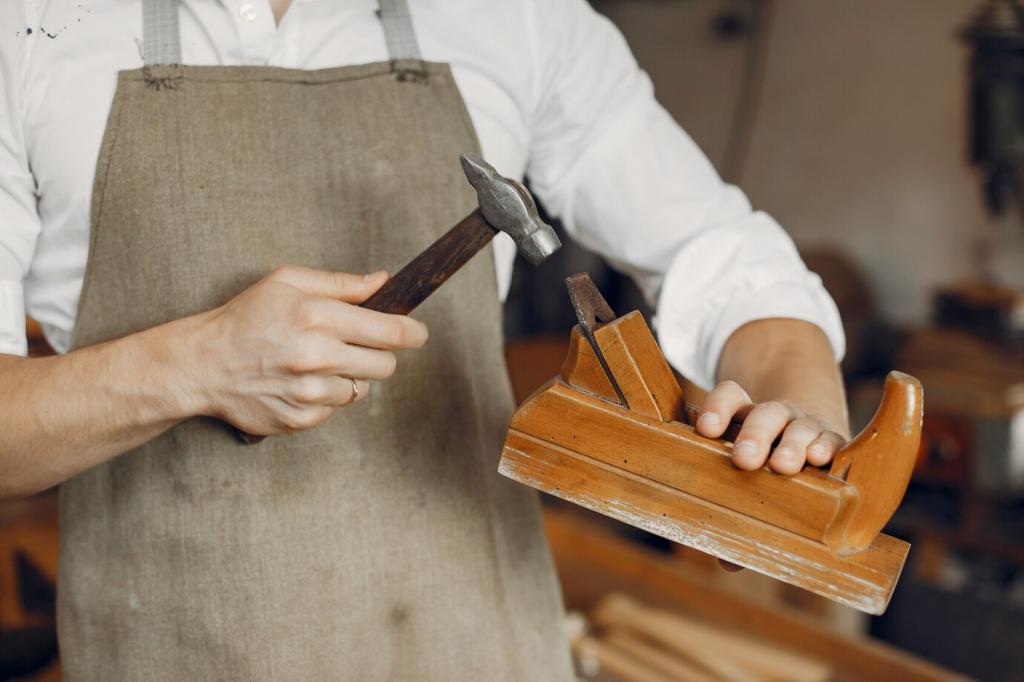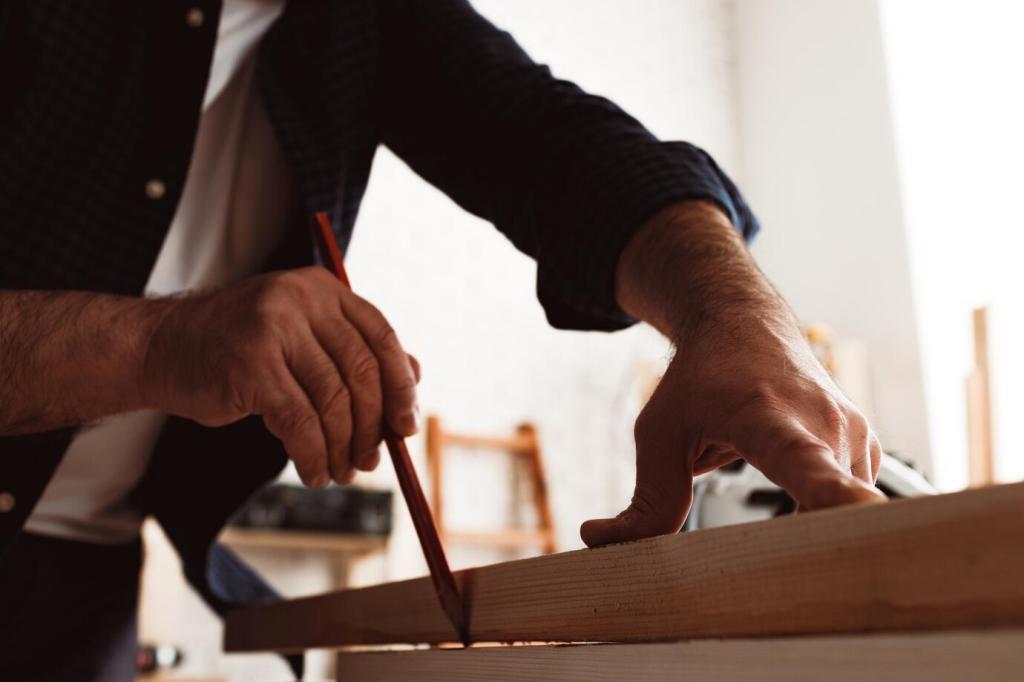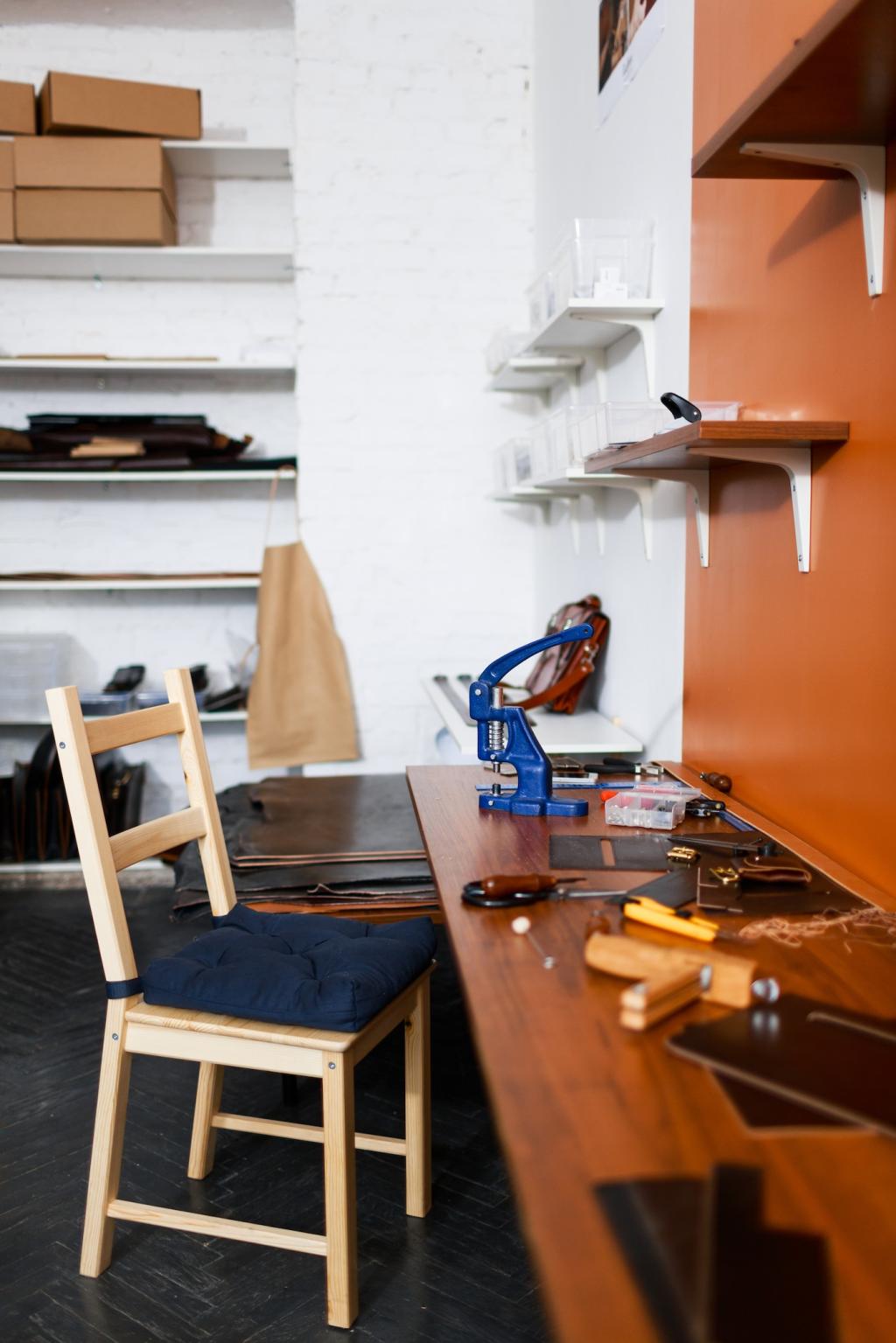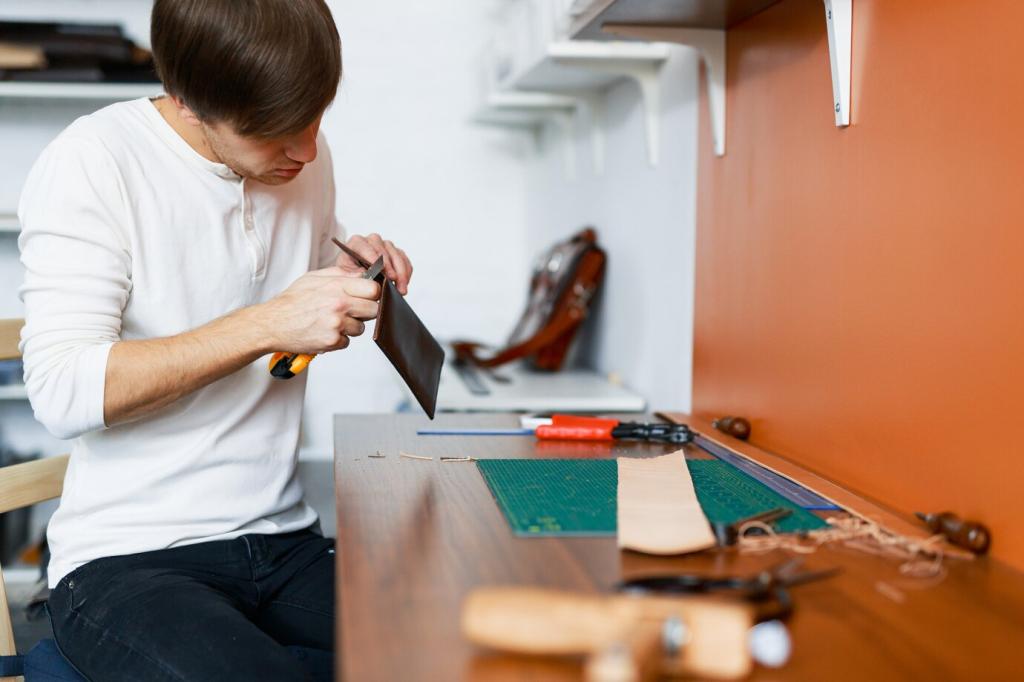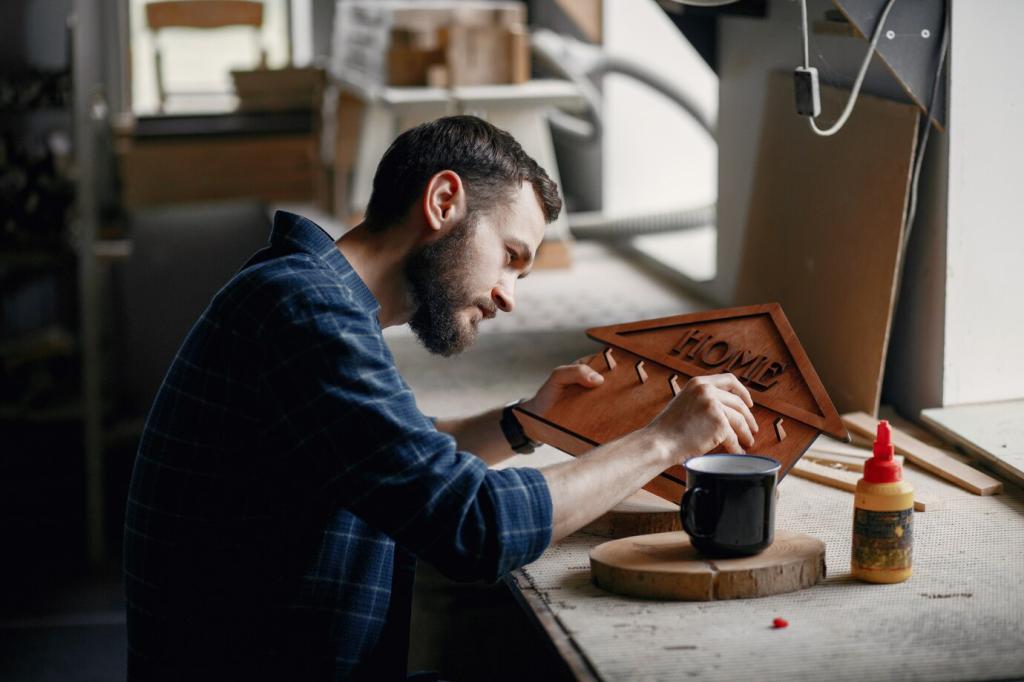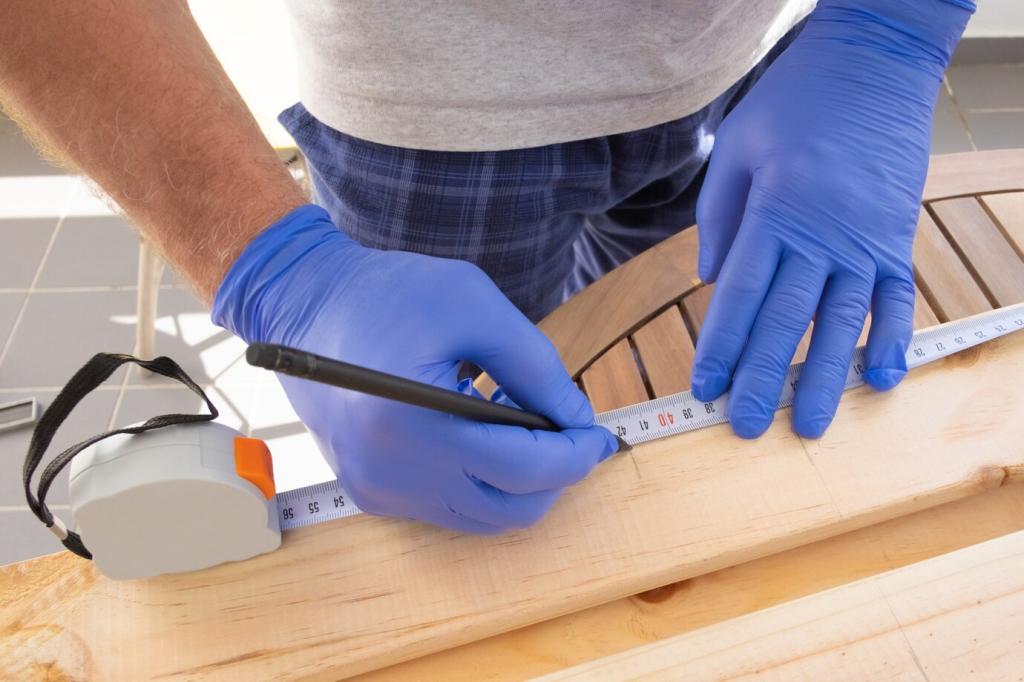Diagnose the Damage Before You Patch
Not all holes are equal when you patch holes in wooden pieces. Nail holes, screw tear-outs, knot voids, and insect damage each behave differently. Knowing the cause helps you choose fillers, plugs, or epoxy that bond properly and age gracefully.
Diagnose the Damage Before You Patch
Measure the hole’s width and depth, then check moisture with a meter if possible. When you patch holes in wooden pieces, slightly undercut ragged edges so fillers key in. Brush out dust, and consolidate punky fibers with thin glue before filling.

